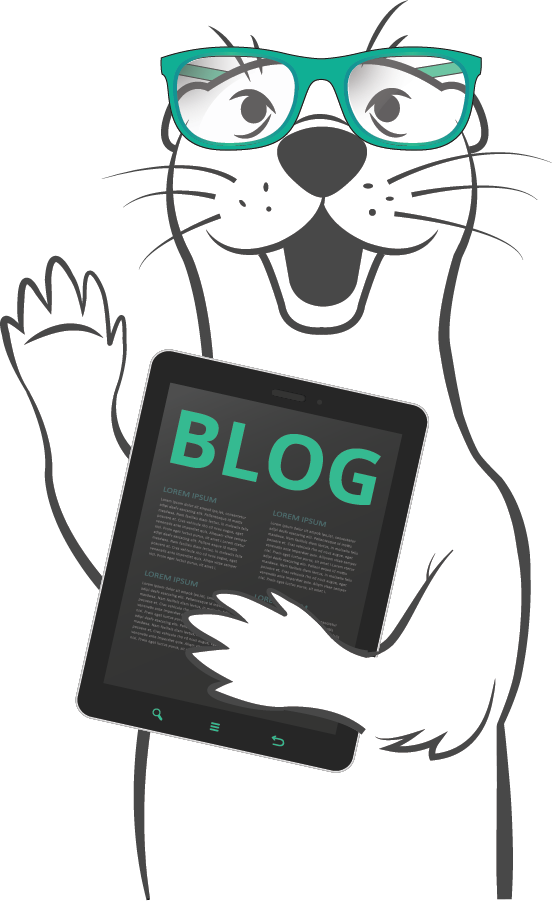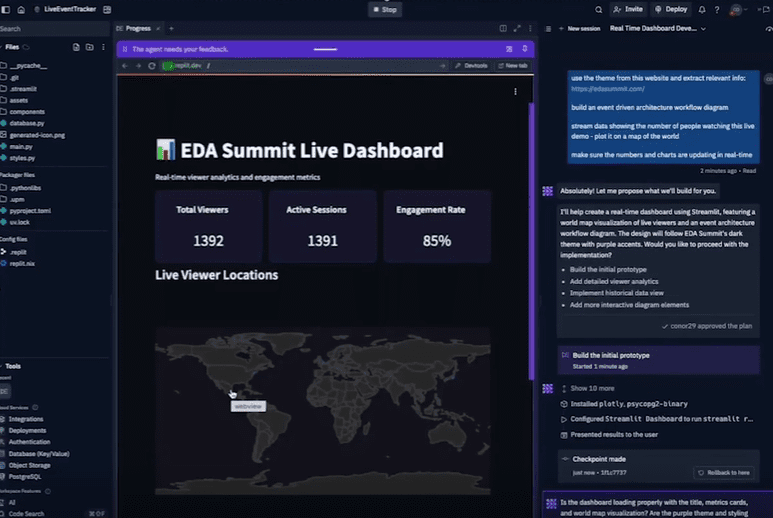Home > Blog > Artificial Intelligence
Subscribe to Our Blog
Get the latest trends, solutions, and insights into the event-driven future every week.
Thanks for subscribing.
At EDA Summit 2024 on December 11, 2024, Conor Twomey, co-founder of AI One, delivered what I thought was one of the most thought-provoking sessions on how enterprise AI is evolving, and what it takes to achieve real-world results. AI One has built a platform that connects to existing data, automating workflows and eliminating inefficiencies. In a landscape flooded with hyped up headlines, tech jargon and vendor noise, his talk cut through the confusion with clear patterns he’s seen put to use, actionable advice, and a compelling look at what’s next.
This post summarizes a talk delivered by Conor Twomey of AI One at EDA Summit 2024. Here’s a 1-minute summary, and you can watch the full presentation either below or at EDASummit.com.

Why AI Matters
Twomey kicked things off by framing today’s AI movement as more than just the next digital transformation. Compared to the decades-long march of digitalization and the slower, 5–10 year cloud adoption arc, AI is under pressure to deliver now. Boards, investors, employees, and customers are all demanding an AI strategy — and fast. But many enterprises are still struggling to see ROI. Why? Because they’re treating AI like a technology problem, instead of a business opportunity:
“You need to ask: what is AI in service of? Efficiency is a weak answer. Growth and innovation are much stronger ones.”
A Common Pattern for AI Success
Twomey shared a framework he’s seen work across 650+ executive conversations as companies aim to unlock the rich vein of ROI found in growth and innovation — a crawl, walk, run approach to starting and scaling enterprise AI.
Crawl: Improve Search and Initiate Momentum
Most organizations start small, and that’s exactly the right move. Twomey described how companies are using generative AI to give semantic meaning to unstructured data — enabling powerful, natural-language search across internal silos. Think of it like building your own internal Google. He also emphasized the importance of AI hackathons, not just for innovation but for culture. These early steps help unify teams around what’s possible and lay the foundation for bigger things.
Walk: Enhance Existing Workflows
The next phase involves weaving AI into what you’re already doing. Companies are improving data science workflows by layering in generative AI to uncover previously hidden signals or reduce time and risk. For example, integrating real-time social or news data into client outreach workflows can dramatically improve personalization and relevance. It’s not about throwing out old systems — it’s about augmenting them to work smarter.
Run: Create New Capabilities
At the bleeding edge, leading organizations are doing more than optimizing—they’re reinventing. Twomey challenged attendees to imagine rebuilding their business from scratch using AI-first principles. What would you do differently? What could you offer that your competitors can’t? This is the “run” phase: building entirely new capabilities, launching differentiated services, and even reshaping business models.
AI in Action: Real-World Wins
Twomey backed up his framework with two examples that captured what enterprise AI success really looks like — not just in terms of technology, but impact.
Morgan Stanley
Morgan Stanley deployed a generative AI solution in their 15,000-person wealth management division. The tool transcribed client conversations, summarized them, and sent recaps to customers — freeing up advisors to focus on the relationship, not the paperwork. At first glance, Twomey admitted, it didn’t seem especially innovative. But the results told a different story:
- Time savings allowed advisors to serve more clients.
- Higher quality service improved satisfaction and retention.
- Operational efficiency led directly to increased revenue.
It was a classic case of modest tech unlocking disproportionate business value. And more importantly, it proved to be a launchpad — creating momentum and buy-in for deeper AI investment across the firm.
BNY Mellon
BNY Mellon, one of the most AI-forward financial institutions, applied AI to a less glamorous but mission-critical challenge: predicting and mitigating settlement failures in the $22 trillion U.S. Treasury market.
Their solution saved millions of dollars by proactively identifying issues — but rather than monetizing the insight, they passed savings back to market participants. The strategy wasn’t just about cost reduction — it was about reinforcing trust and leadership. Equally impressive was their approach to internal adoption:
- They shared their AI education strategy publicly, emphasizing transparency.
- Employees were upskilled through tailored training cohorts.
- AI wasn’t imposed; it was explained and integrated.
BNY Mellon’s story is a masterclass in using AI not just for optimization, but for reputation, relationships, and resilience.
Agentic AI: From Prompting to Autonomous Workflows
Twomey transitioned from those stories of success to taking a look at what’s next: agentic AI. Agentic AI represents a shift from chat-based prompts and intelligent co-pilots to autonomous systems that act autonomously to solve higher-order problems. A couple examples:
- A calendar agent that reschedules your day proactively
- An AI software engineer that builds full-stack apps from four English sentences
- A new paradigm where event-driven systems trigger and respond to chains of autonomous agent actions.
Twomey demoed one such platform, Replit, building a real-time dashboard using just four lines of input. It handled front-end, back-end, database, and hosting — instantly.
You can learn all about what we’re doing to enable agentic AI here.
Five Lessons for AI-Ready Enterprises
In his conclusion, Twomey offered five clear lessons:
- Check with your existing vendors: Many AI features are already on their roadmaps.
- Prioritize explainability: Especially critical in regulated industries.
- Decentralize decisions: Like cloud, AI needs both constitutional principles and team-level autonomy.
- Educate in cohorts: Don’t treat AI training as one-size-fits-all.
- Start with augmentation: Add AI as a second lens before handing it the reins.
If you’re building or evolving your enterprise AI strategy, this talk is worth a watch. It’s a rare mix of sharp insight, practical frameworks, and a clear reminder that AI isn’t just about technology — it’s about transforming the way we work, decide, and grow.
Explore other posts from category: Artificial Intelligence

Greg has been marketing middleware for most of his career, across a long tenure with Solace and TIBCO before that. He enjoys helping people understand the importance and impact of "event-driven" by crafting clear copy and compelling visuals that tell the tale.


Subscribe to Our Blog
Get the latest trends, solutions, and insights into the event-driven future every week.
Thanks for subscribing.



